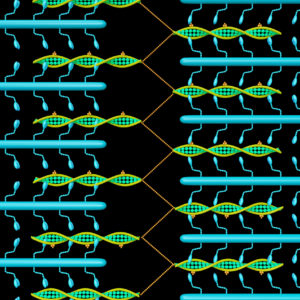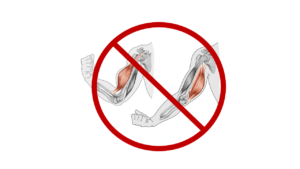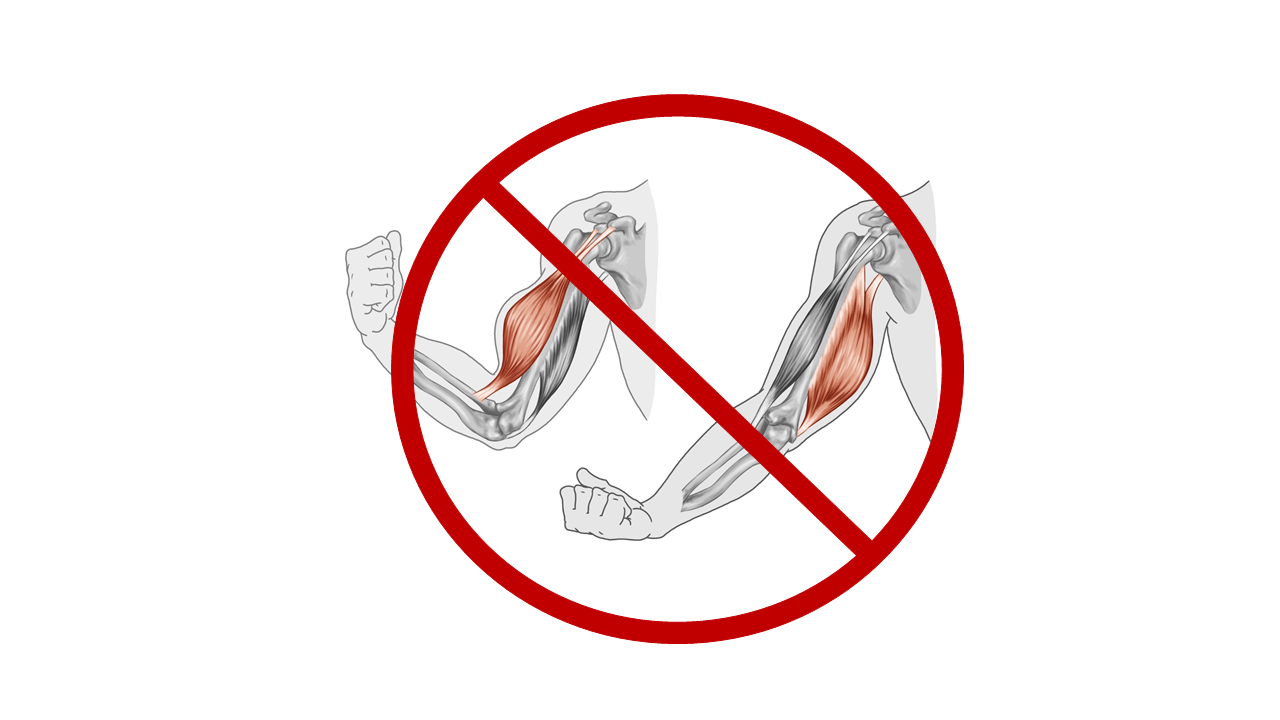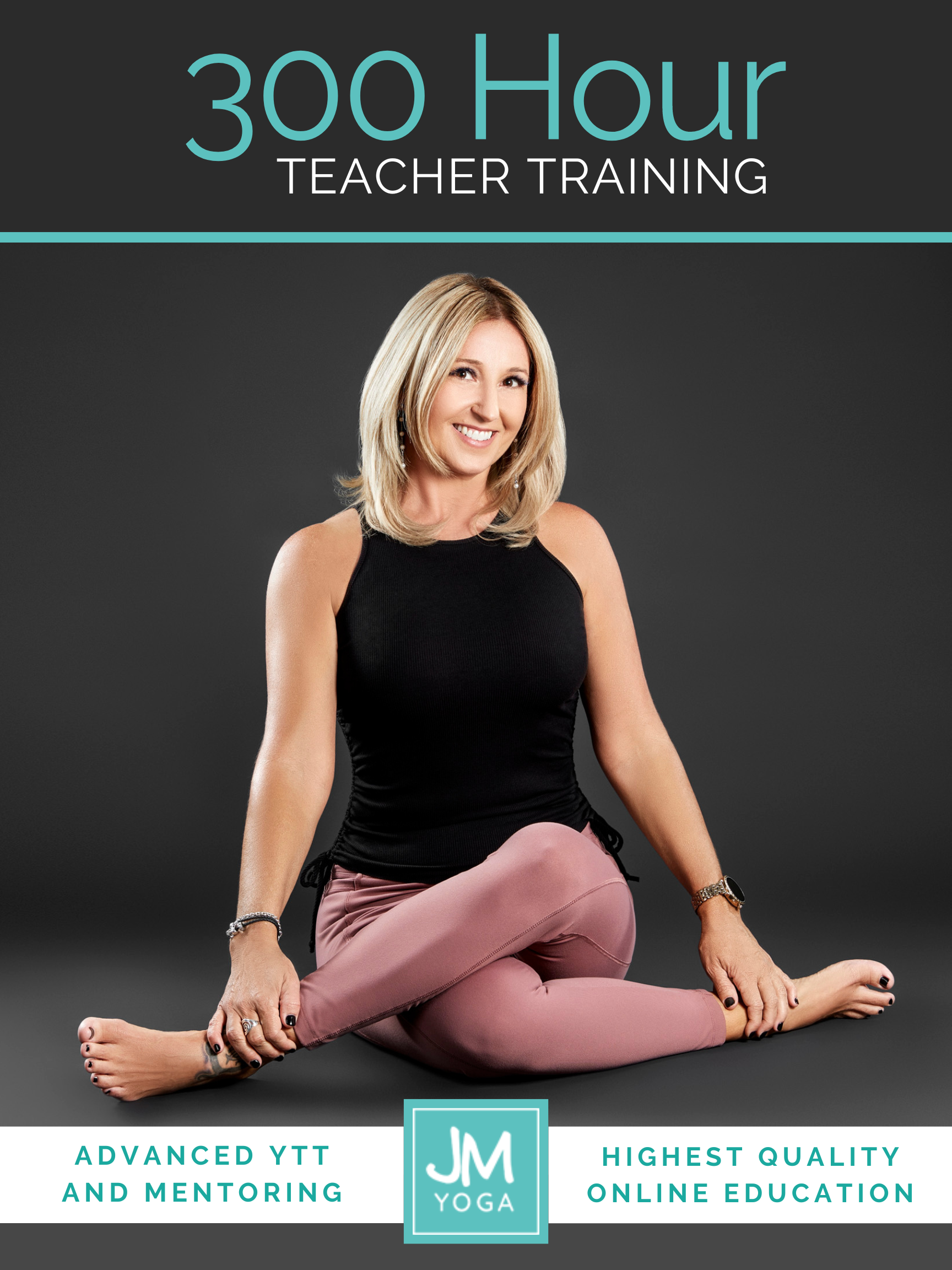Stretching. That one simple word is anything but simple.
It’s a linguistic divide among the yoga community. On one side we have the “yoga is not stretching” camp and on the other side we go to public yoga classes, and we do what seems to be stretching. In fact, just yesterday I took a class where we did some “hamstring stretching,” a few “neck stretches” and a “shoulder stretch.” (Quotations are the teacher’s words, not mine.)
Regardless of which side you are one, I believe the conversation around stretching is useful. For us to agree on whether or not yoga has anything to do with stretching, we must first agree on the definitions of the words we are using.
I choose to define a stretch as a tensile load.
From a biomechanical perspective, load is most often the variable of interest. Thus, I choose to define a stretch as a tensile load. Just as some tissues adapt in response to consistent and adequate compressive loading (bone, e.g.), other tissues adapt in response to consistent and adequate tensile loading (tendon, e.g.). Consistent and adequate are the operative words here. Mechanical inputs must be the right frequency and magnitude for favorable adaptations to occur.
When it comes to tensile loading, tendons are more sensitive to the magnitude and duration (i.e. weeks of exposure) of the load rather than the type of muscle contraction [1]. Translation: when the intensity of loading is high enough, it doesn’t matter if the muscle contractions are concentric, isometric, or eccentric.
You want to know what’s evidence-based? Getting stronger.
— Charlie Reid (@creidfitness) June 8, 2016
Here we arrive at the muscle contraction conversation. During a concentric contraction, actin is pulled toward myosin and the distance between Z-lines decreases. During an isometric contraction, the distance between Z-lines does not change. During an eccentric contraction, actin is pulled away from myosin and the distance between the Z-lines increases while titin binds to actin to contribute force in the absence of cross-bridge formations. That’s your pretty basic and oversimplified description.

Except for decades, we didn’t quite understand how eccentric contractions worked. Ever since Huxley’s introduction of the Sliding Filament Theory in 1954, collectively, we’ve been stuck in a concentric contraction framework. Even the word “contraction” suggests shortening.
If our perceptions are defined by language, then a stretched muscle is the opposite of a contracting muscle. And if a contracting muscle produces force, then a stretched muscle must be relaxed. It’s a logical enough conclusion, right?
But in science, especially when it comes to the human body, the logical thought process usually takes us in the completely wrong direction. Just as it was once logical to think the world was flat, it was logical to think that a lengthened muscle would be “off.”
We have even declared entire categories of muscles (agonist/antagonist) and a misconstrued and incorrectly applied phenomenon (reciprocal inhibition) to further support our seemingly logical bias. Subsequently, we continue to choose language to reinforce this framework, and before long, it becomes a collective assumption that few question.
Thankfully, the somatic community, some pretty awesome scientists, and random collection of rogue movement professionals have questioned it. Here is where we stand:
During any movement where muscle tissue is lengthening, if you are actively resisting a load, it’s an eccentric contraction. That load could be gravity (pretty hard to get away from), contractions of surrounding muscles (in the case of pretty much any active movement), or an externally applied load (as in resistance stretching).

If you’re just moving about, your muscles probably aren’t turning off to lengthen. More likely, they are constantly producing varying degrees of force at varying lengths to achieve smooth and efficient movement. Not being able to do so is considered a pathological condition (cerebral palsy, e.g.) [2].
In the case of passive stretching, if you’re actively resisting gravity, I would not consider that a passive stretch. I may consider that an extremely low load active tensile load. When scientists research passive stretching, they support the limb, so it does not have to actively resist gravity or force produced by neighboring muscles. Except in the lab, they don’t use pretty soft bolsters like we do in yoga. Their systems of support look more like something you’ll find in the Pit of Despair in the movie, The Princess Bride – especially if you volunteered to be in that crazy 7.5-minute high-intensity hamstring stretch study last year [3].
There are even lower loaded active stretches, and those are the ones you find in somatic practices (Feldenkrais, e.g.). Under the definitions of muscle contractions we have outlined above, even the smallest movements result in global responsive contractions – concentric, isometric, and eccentric in nature. While somatic practices generally encourage you to avoid “stretching” (meaning you should only move within the limits of muscle spindle sensitivity), you are likely eccentrically lengthening in some areas while concentrically shortening in others [4]. Because, even “relaxed” muscles display some amount of tonus.
That said, when consistent, these low load “stretches” may not be of high enough magnitude to elicit tendon adaptations, but may be enough to influence sensorimotor processes and alter cortical activity [5,6]. The outcomes of tensile loading are completely dependent on the details of the load.
Expanding your definition for more effective communication.
Saying “stretch” just isn’t clear anymore. Unless, of course, you have considered all the possibly communication breakdowns caused by unclear definitions of terms and you are familiar with how the differing characteristics of load influence the result. Then it’s easier to flesh out what someone is trying to iterate. I see enough twitter debates that will never be resolved because everyone is talking about stretching but they really aren’t talking about the same thing.
Hey, it doesn’t just happen in yoga circles either. Scientists are also known for unclear verbiage:
Not the smartest choice for a research article title. ????https://t.co/YWOtZ2E7qS
— Jules Mitchell, M.S. (@julesyoga) May 25, 2016
If you are willing to experiment with defining a stretch as a tensile load, you may discover things just got a lot simpler. You choose the characteristics of the load to produce the results you want to see. In other words, stretch (in the popular yoga class way of stretching) if you like it, don’t if you don’t. But definitely load tensile tissues appropriately for your personal goals.
You may find your quest for the answer to stretch or not to stretch becomes far less relevant.
Side note: I am fully aware that we can have an entirely different conversation about stretching, range of motion, stretch-reflex thresholds, stretch tolerance, the alpha-gamma motor loop, etc. These are also important and relevant topics that only add the conversation here. But today’s post is about stretching and load (hence the clever title).
______________________________________
[1] Bohm, S., Mersmann, F., & Arampatzis, A. (2015). Human tendon adaptation in response to mechanical loading: a systematic review and meta-analysis of exercise intervention studies on healthy adults. Sports Medicine – Open, 1(1), 7. http://doi.org/10.1186/s40798-015-0009-9
[2] Latash, M. M. L., Levin, M. M. F., Scholz, J. P., & Schöner, G. (2010). Motor Control Theories and Their Applications. Medicina, 46(6), 382–92. http://doi.org/10.1016/j.bbi.2008.05.010
[3] Freitas, S. R., & Mil-Homens, P. (2015). Effect of 8-week high-intensity stretching training on biceps femoris architecture. Journal of Strength and Conditioning Research, 29(6), 1737–1740.
[4] Stephens, J., Davidson, J., Derosa, J., Kriz, M., & Saltzman, N. (2006). Lengthening the hamstring muscles without stretching using “awareness through movement”. Physical Therapy, 86(12), 1641–1650. http://doi.org/10.2522/ptj.20040208
[5] Clark, D., Schumann, F., & Mostofsky, S. H. (2015). Mindful movement and skilled attention. Frontiers in Human Neuroscience, 9(June), 1–23. http://doi.org/10.3389/fnhum.2015.00297
[6] Verrel, J., Almagor, E., Schumann, F., Lindenberger, U., & Kühn, S. (2015). Changes in neural resting state activity in primary and higher-order motor areas induced by a short sensorimotor intervention based on the Feldenkrais method. Frontiers in Human Neuroscience, 9(April), 232. http://doi.org/10.3389/fnhum.2015.00232
Extend Your Learning: Advanced Yoga Teacher Training with Jules Mitchell
This program is ideal if you have an interest in biomechanics, principles of exercise science, applications of pain science, neurophysiology, and stretching. These themes are combined with somatics, motor control theory, pose analysis and purpose, use of props for specific adaptations, pathology, restorative yoga, and intentional sequencing.
You will learn to read original research papers and analyze them for both their strengths and their biases. Critical thinking and intellectual discourse are central components in this training, which was designed to help teachers like you navigate through contradictory perspectives and empower you with education. Learn more >



Hi Jules
Love the article! Always so much to think about! Would you say then that passive movement, with no applied load at all, would be stretching?
Thanks!
Karen
It’s actually all stretching (if you define it as a tensile load). It’s just the conditions that change, therefore the outcomes are dependent on those conditions.
Very well stated.
Thanks.
While it is extremely useful to have a conversation about language, verbiage, and appropriate definitions, it would be great to have tangible take homes from some of these articles.
“definitely load tensile tissues appropriately for your personal goals.”
Perhaps most of your readers are already aware how it is to do that, but I would really appreciate some examples of this in the yoga room. I have been told to engage my inner thighs together in hanumanasana for example, keeping my legs active during the “Stretch”… from a tensile load perspective, what are the benefits/harms in doing this? (understanding the risks/benefits will be different depending on each person, history, body print)